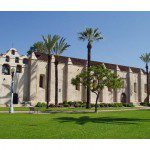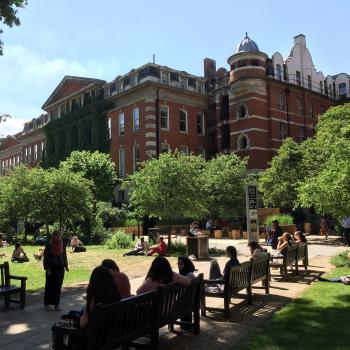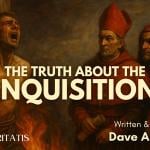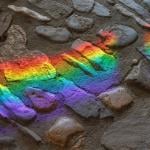
(Wikimedia CC; please click to enlarge)
The Dome of the Rock, Al-Aqsa Mosque, and a number of other Islamic buildings have stood on King Herod’s Temple platform since the late AD 690s. But literally no trace remains of the Temple itself. The Romans did their laborious job exceedingly well; not one stone of the Temple remained standing upon another. The prophecy of Jesus was fulfilled. The Mount was broad and clear by the time of the Arab conquest, which is why it was such a good (and obvious) place for them to build their important structures.
Compare Matthew 24:11, 23-26; Mark 13:21-23; Luke 17:21, 23
In Matthew 24:3, the Greek phrase συντελείας τοῦ αἰῶνος (“close of the age,” “completion of the age”) — αἰῶν (aion) is, obviously, the source of our English eon or aeon — could refer both to the overall end of the world and to the end of a particular period (even a particular “dispensation,” I suppose).
Thus, the prophecies of Jesus that are recorded here can be taken, I think, as telling the disciples both about the end of the specific era in which they lived (and the destruction of Jerusalem and its temple that would occur within just a few decades) and about the final End Times.
The passages to follow should probably be read with that in mind.










